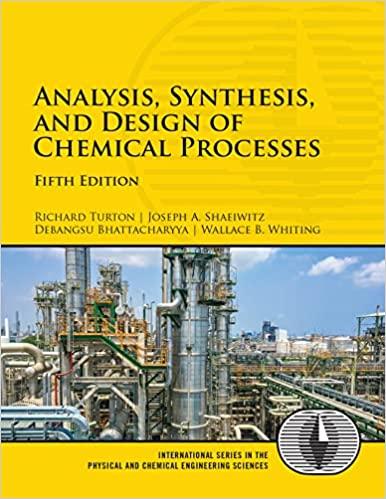Answered step by step
Verified Expert Solution
Question
1 Approved Answer
Please, show some work Problem statement When a single refrigerant condenses and evaporates at a constant pressure between saturated liquid and saturated vapor, the temperature
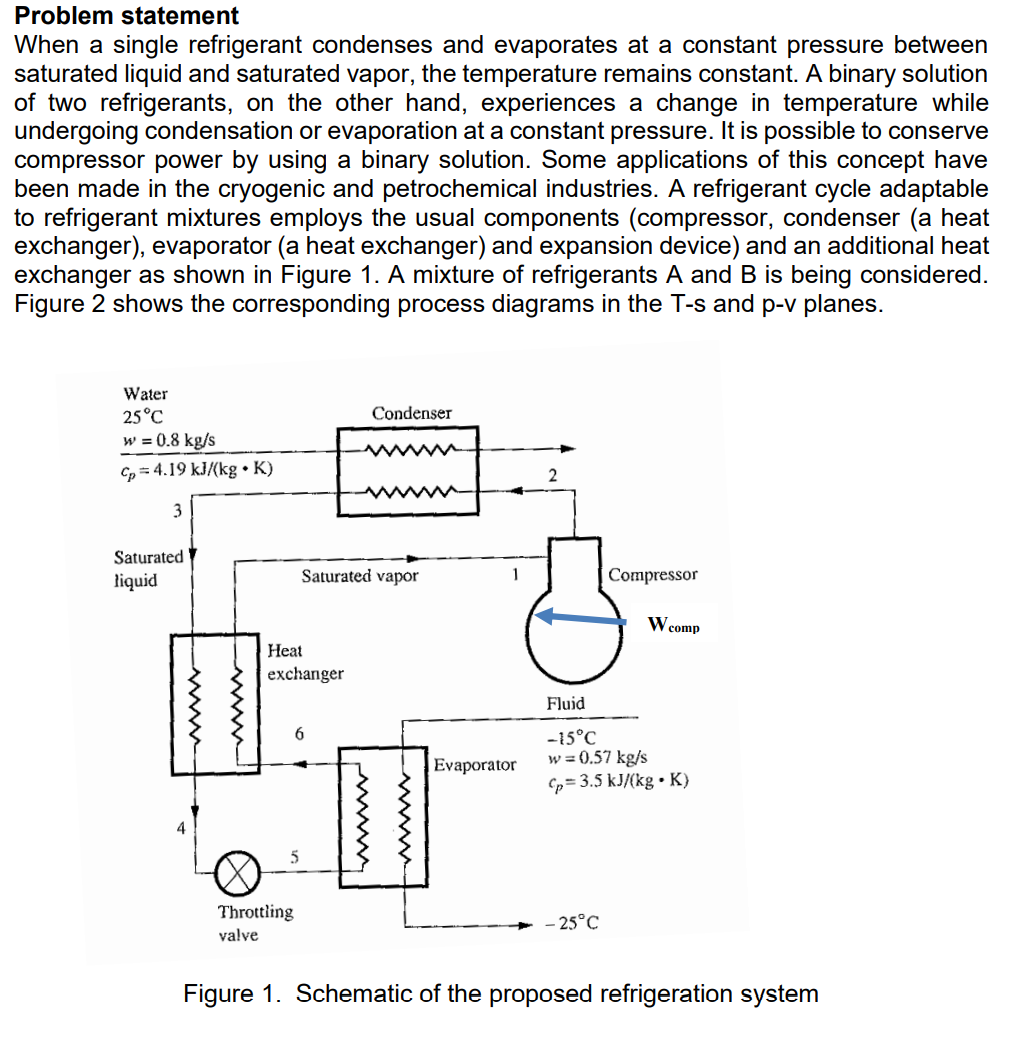
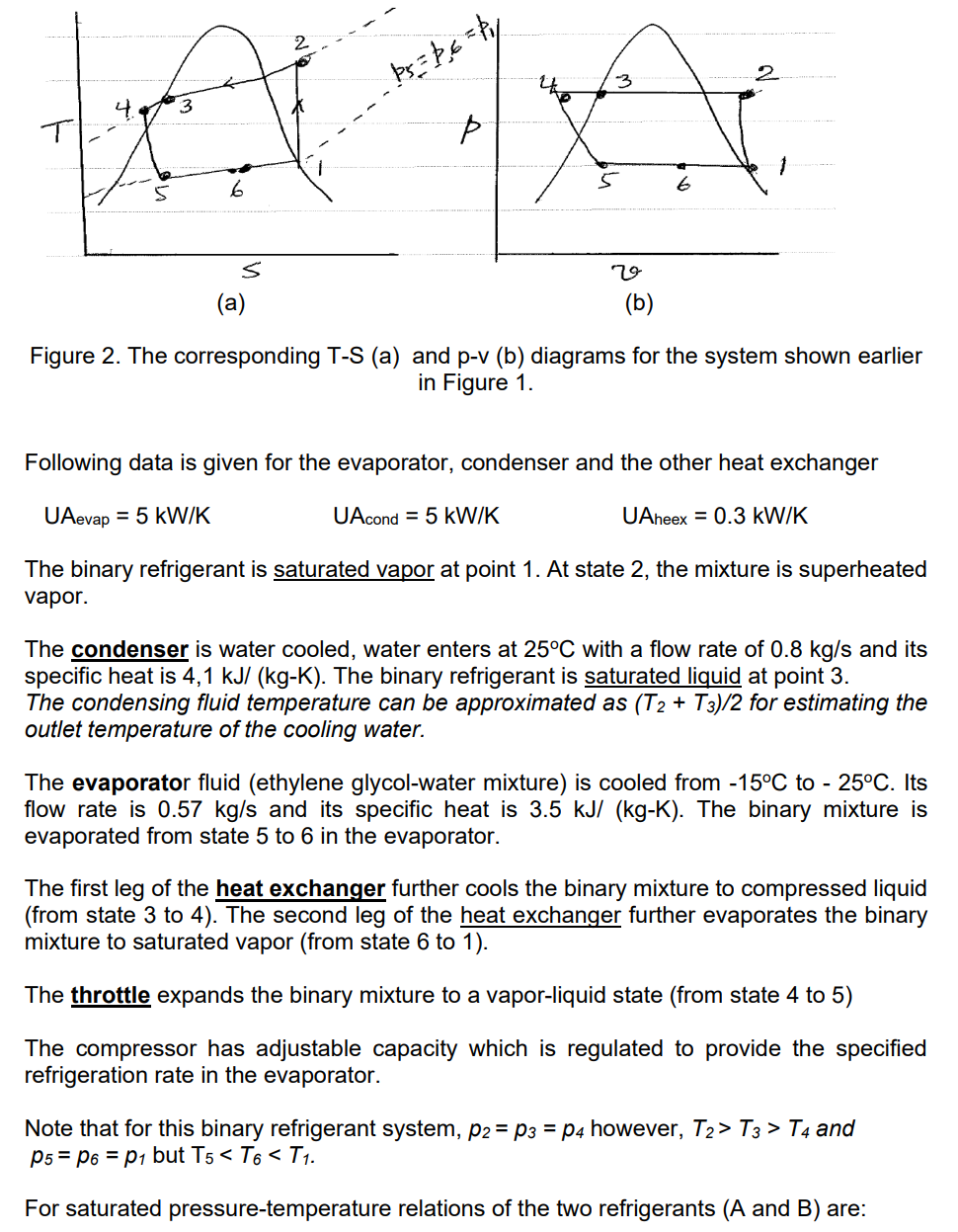
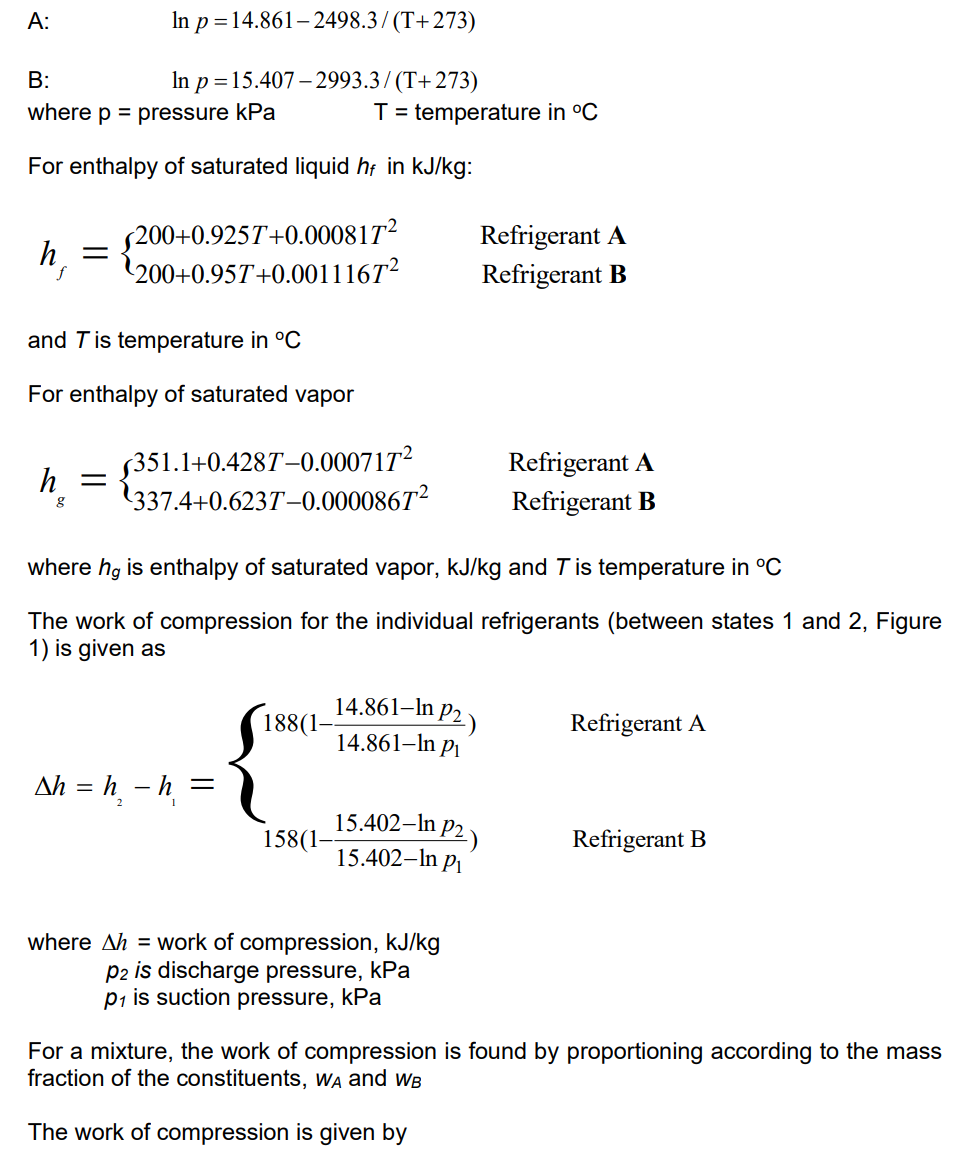
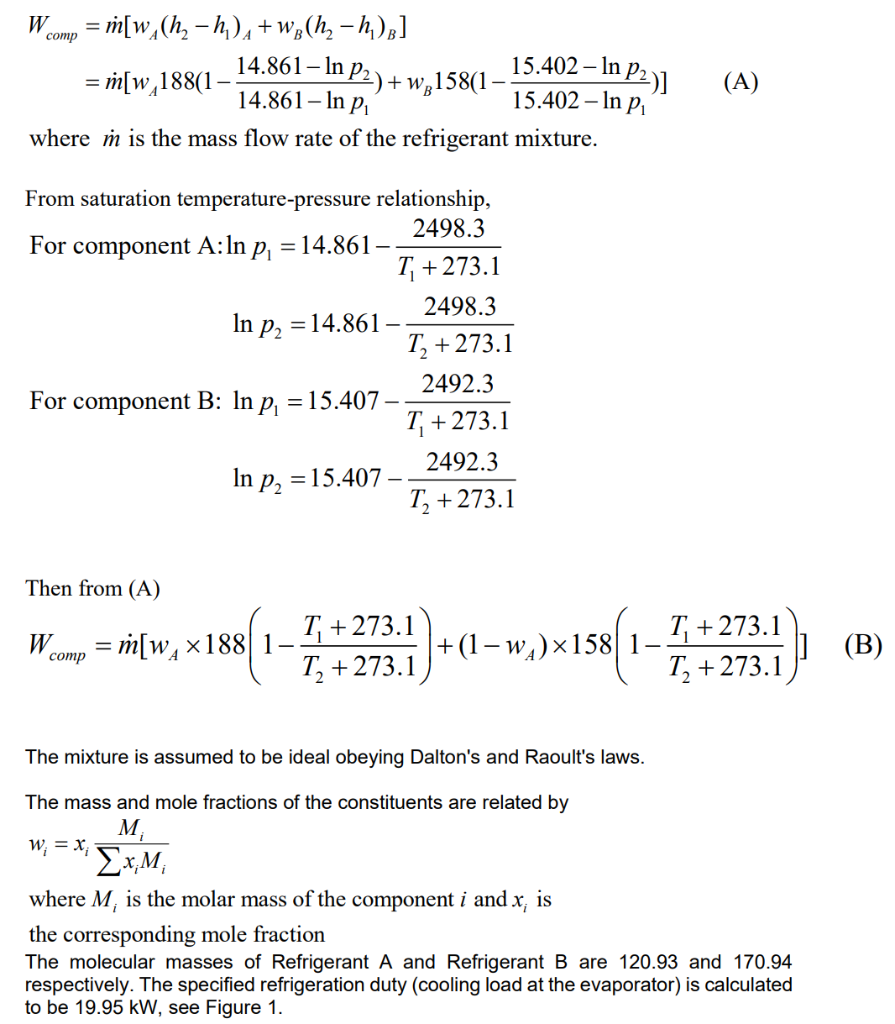
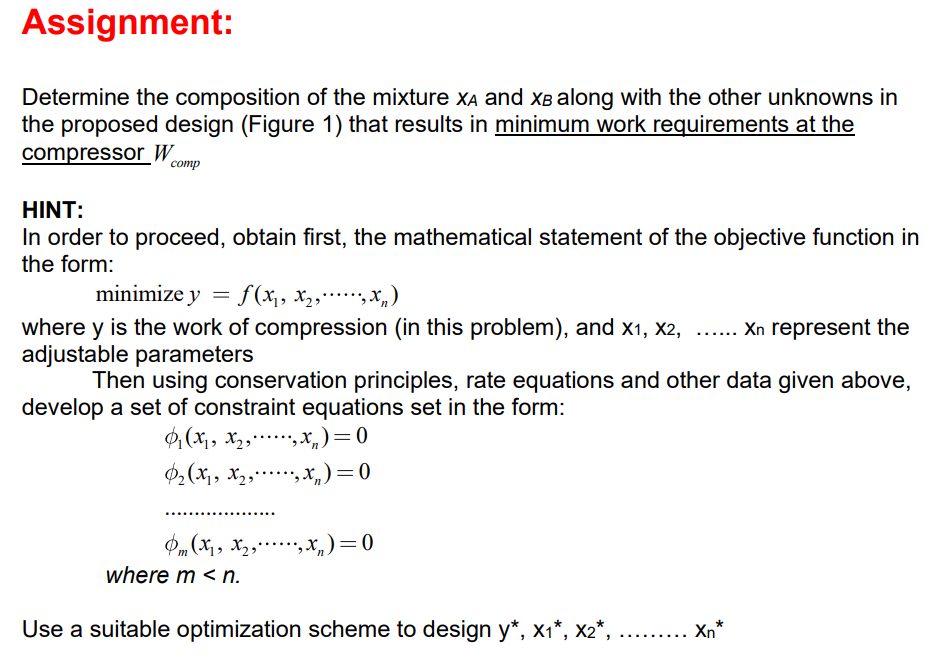
Please, show some work
Problem statement When a single refrigerant condenses and evaporates at a constant pressure between saturated liquid and saturated vapor, the temperature remains constant. A binary solution of two refrigerants, on the other hand, experiences a change in temperature while undergoing condensation or evaporation at a constant pressure. It is possible to conserve compressor power by using a binary solution. Some applications of this concept have been made in the cryogenic and petrochemical industries. A refrigerant cycle adaptable to refrigerant mixtures employs the usual components (compressor, condenser (a heat exchanger), evaporator (a heat exchanger) and expansion device) and an additional heat exchanger as shown in Figure 1. A mixture of refrigerants A and B is being considered. Figure 2 shows the corresponding process diagrams in the T-s and p-v planes. Condenser Water 25C w = 0.8 kg/s Cp=4.19 kJ/(kg K) w 2 w 3 Saturated liquid Saturated vapor Compressor W comp Heat exchanger Fluid 6 Evaporator -15C w=0.57 kg/s Cp=3.5 kJ/(kg .K) Throttling valve -25C Figure 1. Schematic of the proposed refrigeration system behy 2 T 5 s (a) 29 (b) Figure 2. The corresponding T-S (a) and p-v (b) diagrams for the system shown earlier in Figure 1. Following data is given for the evaporator, condenser and the other heat exchanger UAevap = 5 kW/K UAcond = 5 kW/K UAheex = 0.3 kW/K The binary refrigerant is saturated vapor at point 1. At state 2, the mixture is superheated vapor. The condenser is water cooled, water enters at 25C with a flow rate of 0.8 kg/s and its specific heat is 4,1 kJ/(kg-K). The binary refrigerant is saturated liquid at point 3. The condensing fluid temperature can be approximated as (T2 + T3)/2 for estimating the outlet temperature of the cooling water. The evaporator fluid (ethylene glycol-water mixture) is cooled from -15C to - 25C. Its flow rate is 0.57 kg/s and its specific heat is 3.5 kJ/ (kg-K). The binary mixture is evaporated from state 5 to 6 in the evaporator. The first leg of the heat exchanger further cools the binary mixture to compressed liquid (from state 3 to 4). The second leg of the heat exchanger further evaporates the binary mixture to saturated vapor (from state 6 to 1). The throttle expands the binary mixture to a vapor-liquid state (from state 4 to 5) The compressor has adjustable capacity which is regulated to provide the specified refrigeration rate in the evaporator. Note that for this binary refrigerant system, p2 = P3 = p4 however, T2> T3 > T4 and p5 = po = p but T5 T6Step by Step Solution
There are 3 Steps involved in it
Step: 1

Get Instant Access to Expert-Tailored Solutions
See step-by-step solutions with expert insights and AI powered tools for academic success
Step: 2

Step: 3

Ace Your Homework with AI
Get the answers you need in no time with our AI-driven, step-by-step assistance
Get Started


